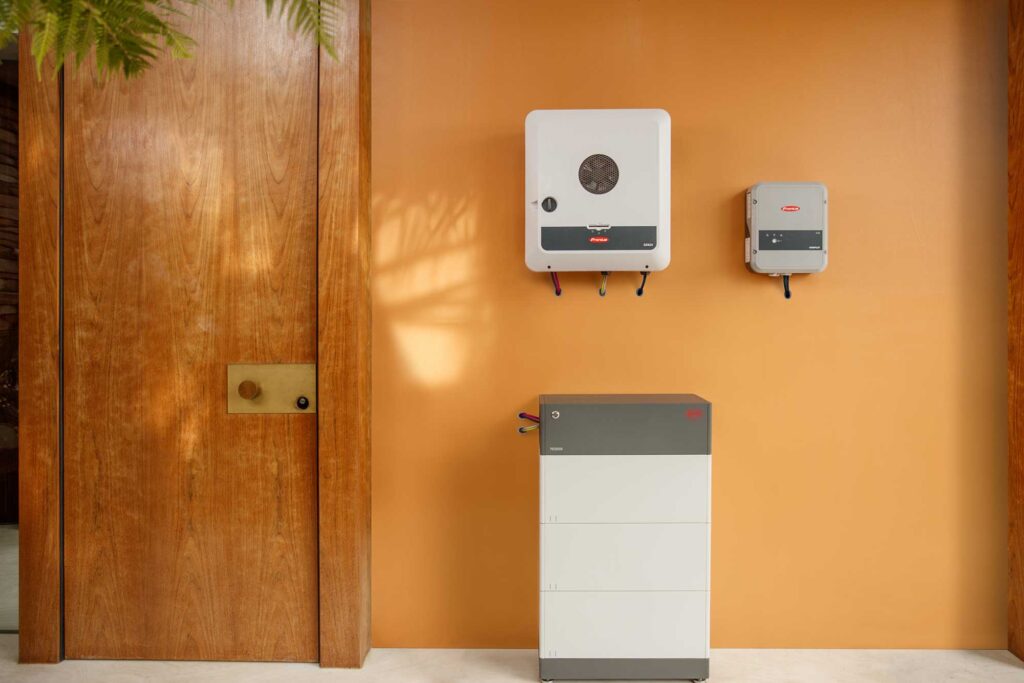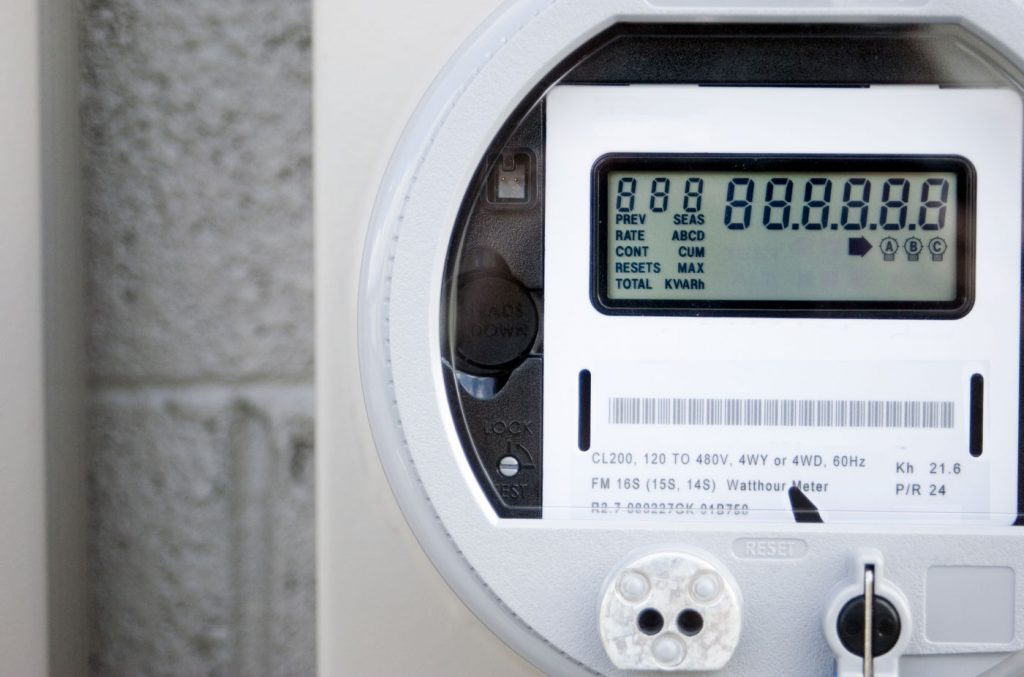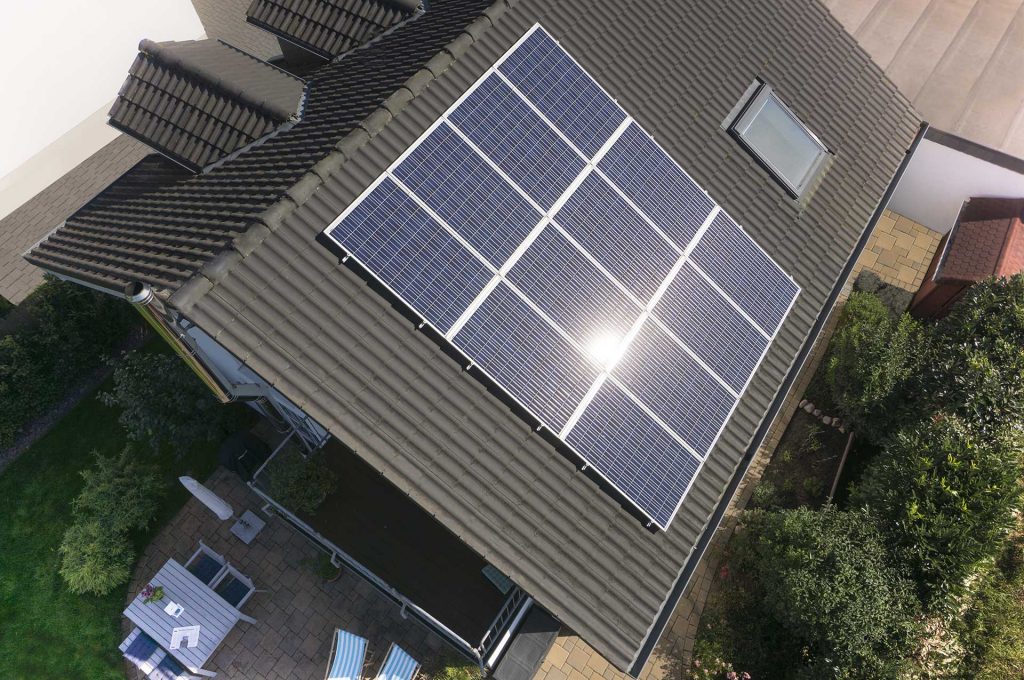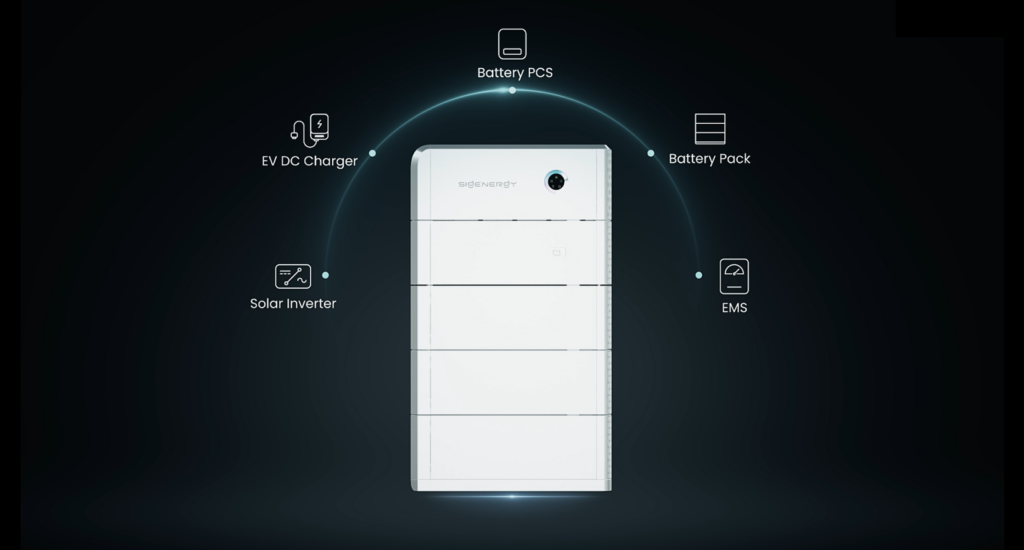How much will Synergy electricity rates increase in 2026 and beyond? We’ve indexed a history to 2014 of the Synergy electricity rates Perth customers paid out. We then used the Supply Charge per day and Cost per kWh unit information to provide a level of guidance for the next 10 years if staying on course. Of course, none of this is financial advice, so take it with a pinch of salt.
Contents
Perth’s population continues to grow and will continue to do so in the foreseeable future. As the population grows, energy generation and infrastructure costs increase to expand the grid. Reflected in a history of Synergy electricity rate increases in Perth and the South West of Western Australia.
History of Synergy electricity rates
The figures below represent annual Synergy’s Home Plan A1 Tariff rate information since 2014. In 2017, the Supply charge per day nearly doubled, yet the Cost per kWh unit rate remained the same as the previous year. 2020 was an unprecedented year with the COVID-19 pandemic, and Synergy electricity rates on the Home Plan A1 Tarriff were responsibly frozen.
Home plan (A1) | Supply Charge per day | Cost per kWh |
|---|---|---|
2014 | 45.1516 c | 24.5961 c |
2015 | 47.1834 c | 25.7029 c |
2016 | 48.5989 c | 26.4740 c |
2017 | 94.9058 c | 26.4740 c |
2018 | 101.549 c | 28.3273 c |
2019 | 103.3263 c | 28.8229 c |
2020 Frozen (COVID economic relief) | 103.3263 c | 28.8229 c |
2021 | 105.1400 c | 29.3273 c |
2022 | 107.7685 c | 30.0605 c |
2023 | 110.4600 c | 30.8120 c |
2024 | 113.2200 c | 31.5823 c |
Regarding cost per bill format, the Synergy electricity rates Perth customers paid increased by 2.7% on average annually, a combination of daily supply charge and unit cost (Cost per kWh). For example, a home consuming 25 units daily in 2014 would have had an energy bill similar to $396.03 per bi-monthly bill cycle. In 2025, that bill will be $541.66.
Our products reduce electricity bills. Try this Express Quote feature as a comparison.
Future bill potential
Using the previous decade’s Synergy electricity rates, which increased at an average of 2.7% p.a from 2014 to 2024 it’s possible to assume Synergy electricity rates in equal distance in time. Considering energy supply costs and electricity grid upkeep, a 10-year linear trend should be considered a best-case scenario. Converting the Home Plan A1 tariff to a bi-monthly bill value of 25 units (kWh) per day:
Home plan (A1) | Average bill cost (25 units per day) |
|---|---|
2026 | $556.28 |
2027 | $571.30 |
2028 | $586.73 |
2029 | $602.57 |
2030 | $618.84 |
2031 | $635.55 |
2032 | $652.71 |
2033 | $670.33 |
2034 | $688.43 |
2035 | $707.02 |
Likelihood of increases beyond average
2025 is an interesting year. Compounding geopolitical uncertainty affects wholesale energy prices regardless of extraction points. Western Australia is a state that’s part of a country with a policy to reduce carbon emissions from high-carbon-emitting power sources by 2050. Beyond emission reduction, increased generation points and ‘mix’ (various energy sources) will more likely stabilise Synergy electricity rate increases as opposed to a one-fuel grid supply more susceptible to global influence.
Here are the current global and local factors that directly influence Synergy’s electricity rates through supply chain and market values.
Inflation. After a more turbulent 24-month period, the downstream effects of inflation on consumable items are highly felt. Utilities are not immune to inflation.
East Coast (Australia) energy. Even if it’s a more variable market, factors affecting the east coast of Australia eventually filter through to Western Australia. Western Australia mines certain combustion fuel supplies, but local and global supply/demand affect wholesale prices.
Skilled wages: Australia has a general unemployment rate of around 4% and a higher-than-average deficit in skilled energy workers to upkeep and procure the current electricity network. Contributing to a downstream value currently at $1.13 per day supply charge and 31 cents per unit of energy consumed.
Russia and Ukraine. Although Russia doesn’t supply Western Australia with oil or gas, its 12% global share affects world wholesale energy prices, which form the composition of Western Australia’s energy mix.
China and Taiwan. Should tensions between China and Taiwan escalate, the first effect on Australian supply chains will be costs and insurance variations for transport within the South China Sea.
Emission reduction targets. Carbon-intensive energy generation for expanding populations doesn’t positively impact the environment. Achieving emission reduction targets is required for Australia to have a valued voice at the geopolitical table. Australia has a Net Zero international commitment.
In 2025, an energy mix on the grid is required to safeguard Synergy’s electricity rate certainty by reducing dependency on a single fuel source.
Choose improved energy security. Perth Solar Warehouse quotes come with no spam.
Improved lower cost energy options
In the same way it’s difficult to imagine a present without internal combustion vehicles, one hundred years ago, we transitioned from horse-drawn transportation systems. Energy generation from sustainable sources is the long-term global approach to achieving a sustaining balance of energy.
Solar power on home rooftops provides improved energy security by harnessing the daily rain of photons. With solar energy, it’s wise to think of it as water raining down on a roof. Avoid wasting energy down the drain (on the grid) and improve your energy security by adding a solar battery to store unused energy from the sun.
One step further on your electrification journey, add a solar-optimised EV charger to power your electric vehicle solely from the sun. Also take advantage of reduced energy supply tariffs, such as Synergy’s EV add-on tariff. According to required international emission reduction standards affecting most developed nations, Electric Vehicles are estimated to account for 60% of new car sales by 2030.
Home plan (A1) | Example bill cost (25 units per day) | Example bill cost (25 units per day) with 6.6 kW solar @ 60% utilisation |
|---|---|---|
2026 | $556.28 | $228.51 |
2027 | $571.30 | $228.52 |
2028 | $586.72 | $234.69 |
2029 | $602.57 | $241.02 |
2030 | $618.84 | $247.53 |
2031 | $635.55 | $254.22 |
2032 | $652.71 | $261.08 |
2033 | $670.33 | $268.13 |
2034 | $688.43 | $275.37 |
2035 | $707.02 | $282.80 |
Annual daily production average of 30 units per day during sunlight hours, excluding DEBS (Distributed Energy Buyback Scheme) credits.
Generate your own power. Choose hassle-free solar from Perth Solar Warehouse.
Energy reduction options
Try this quick experiment. Consider how many of the following devices are a part of your everyday world:
Quantity | Appliance, Device |
|---|---|
Phones | |
Tablets | |
TV’s | |
Computers | |
Game consoles | |
Dishwasher | |
Benchtop kitchen appliances (Thermomix, microwave, toaster, kettle, air fryer) | |
Power tools | |
Battery/electric gardening tools | |
e-Scooters | |
Pools/ spas | |
Air conditioners | |
Fridges & freezers | |
Drone charging | |
Smart home devices (Google Home, Alexa etc) | |
Aquariums | |
Hot water | |
Reticulation pumps | |
Electric vehicle |
Next, add a quantity next to each device in your home and consider how many of these devices existed ten years ago. Was there an increase? If so, you’re part of the 95% who are also adapting to technology for modern-day convenience. Consider it an accumulation over time that increases as the technology era makes a more significant presence.
A solar energy system installed with an energy consumption monitor can help visually identify energy increases over time while mitigating the effects of Synergy electricity costs during the day.
If you want to make your home or business a little less Synergy dependent, we can assist. Perth Solar Warehouse is your proven provider of home energy technology with a dependable local business history.






